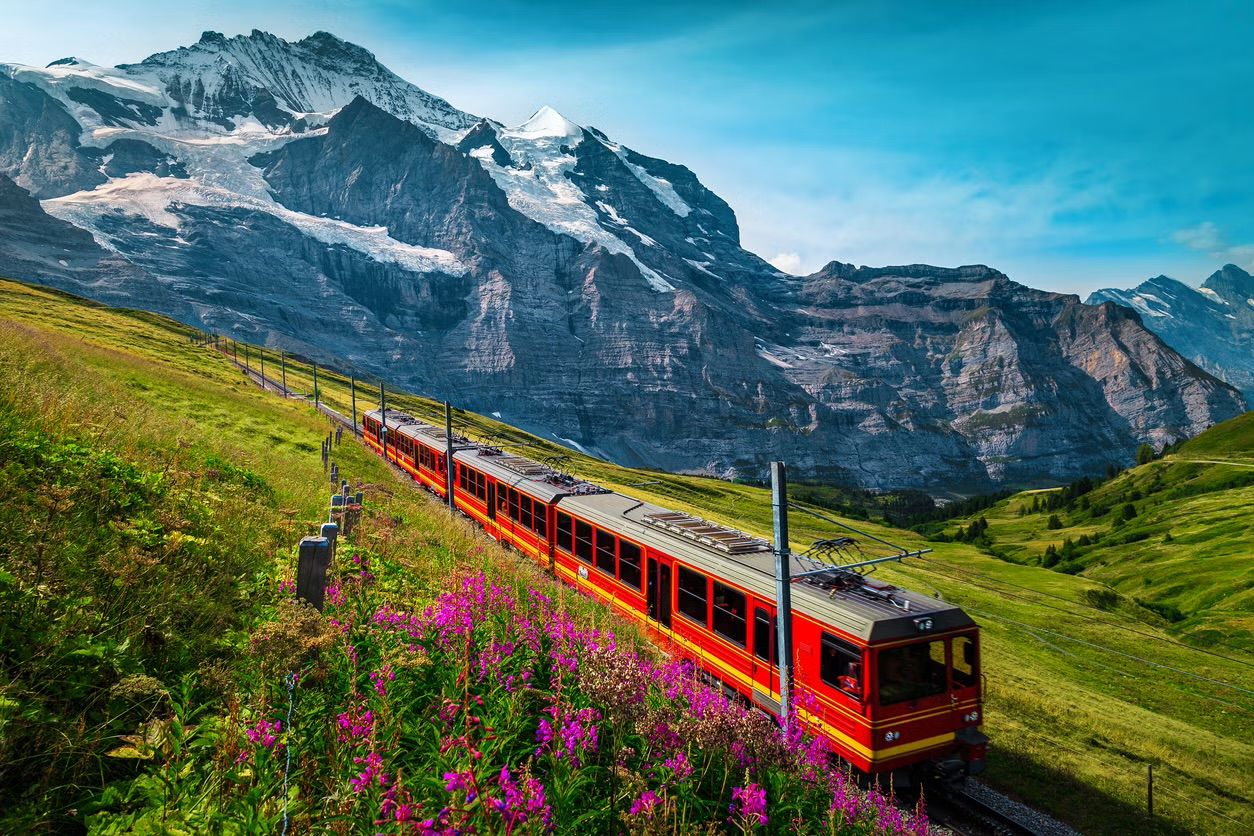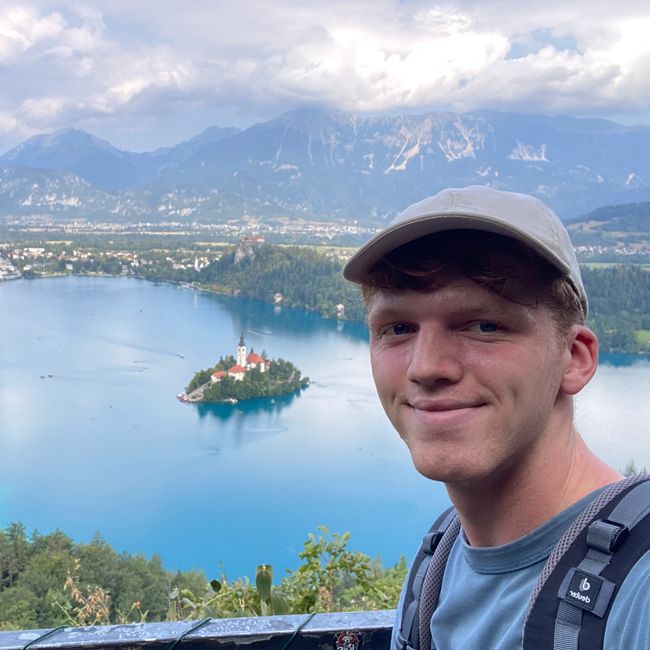Tag 10 - Everything from Bucharest
प्रकाशित कीता: 11.09.2024
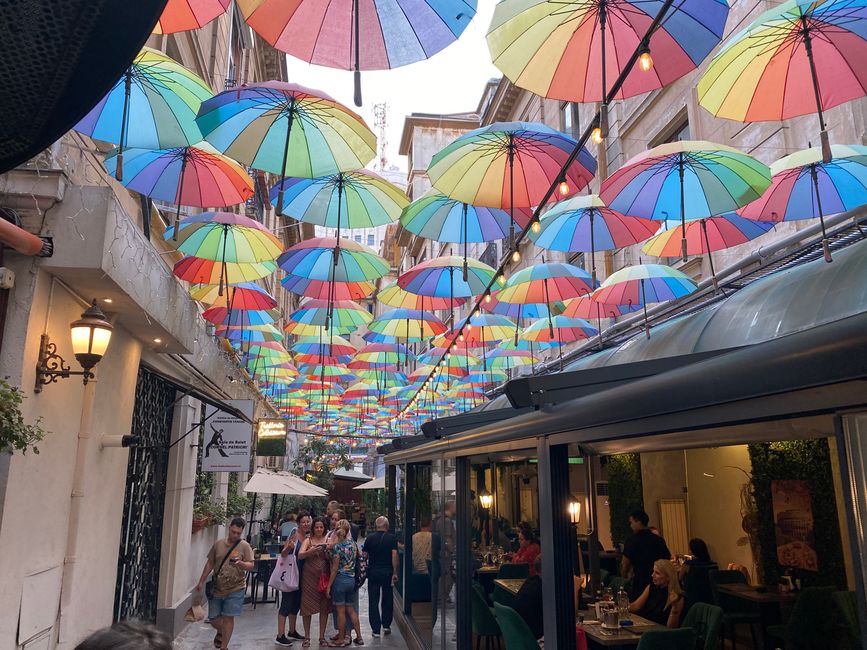
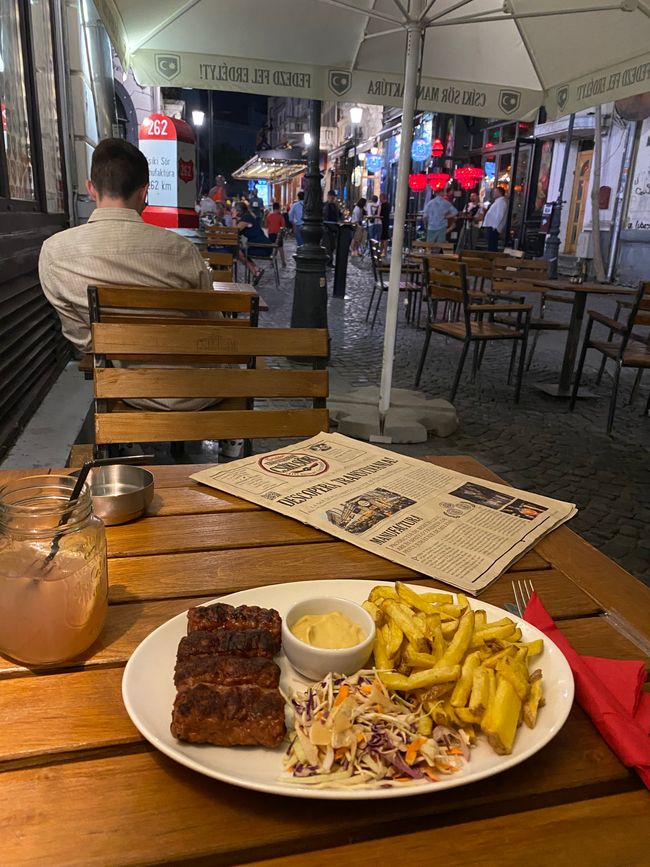
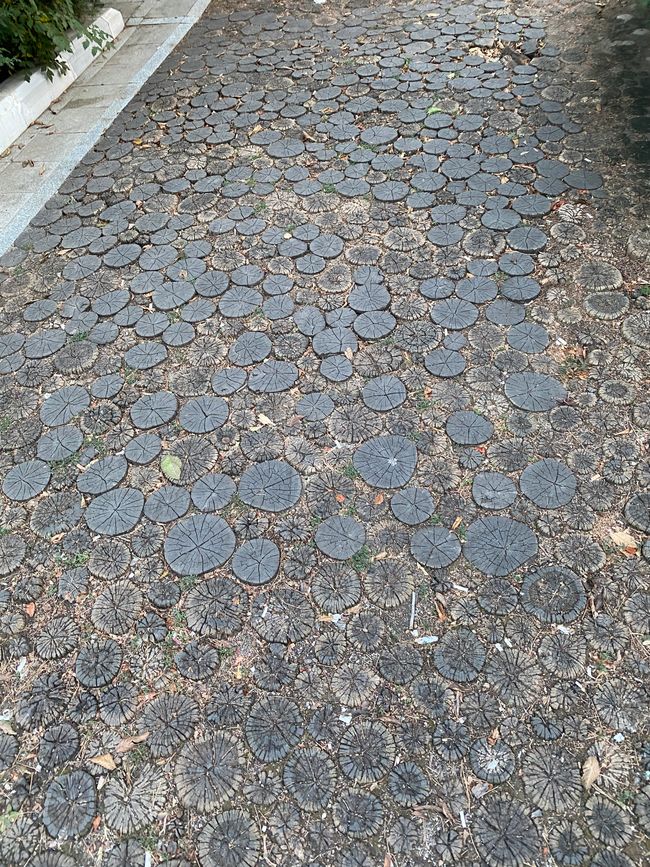
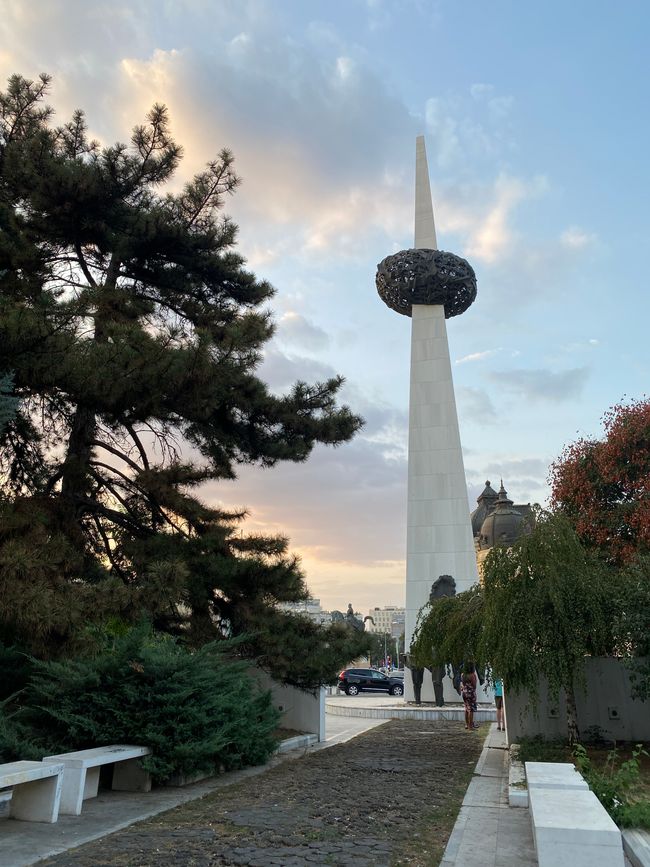
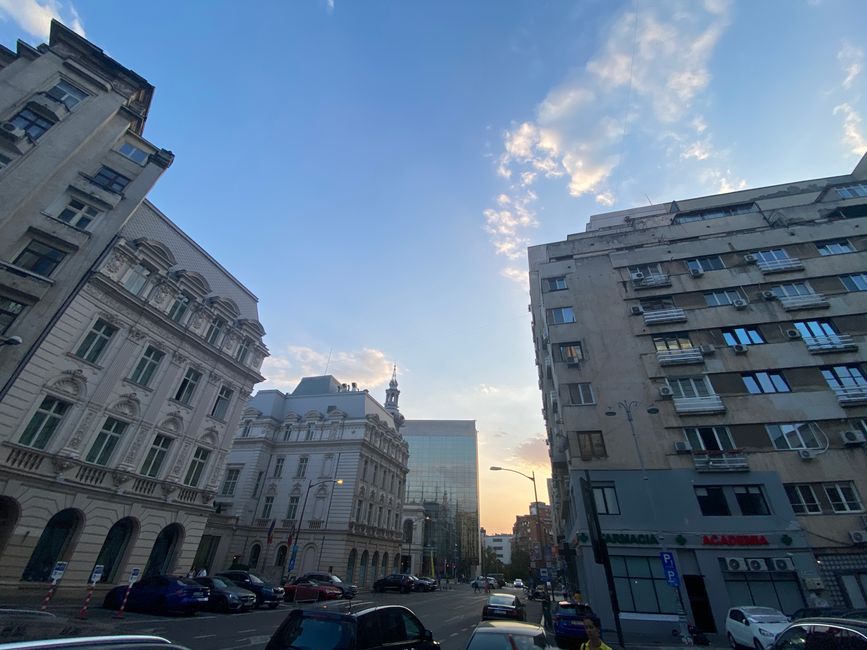
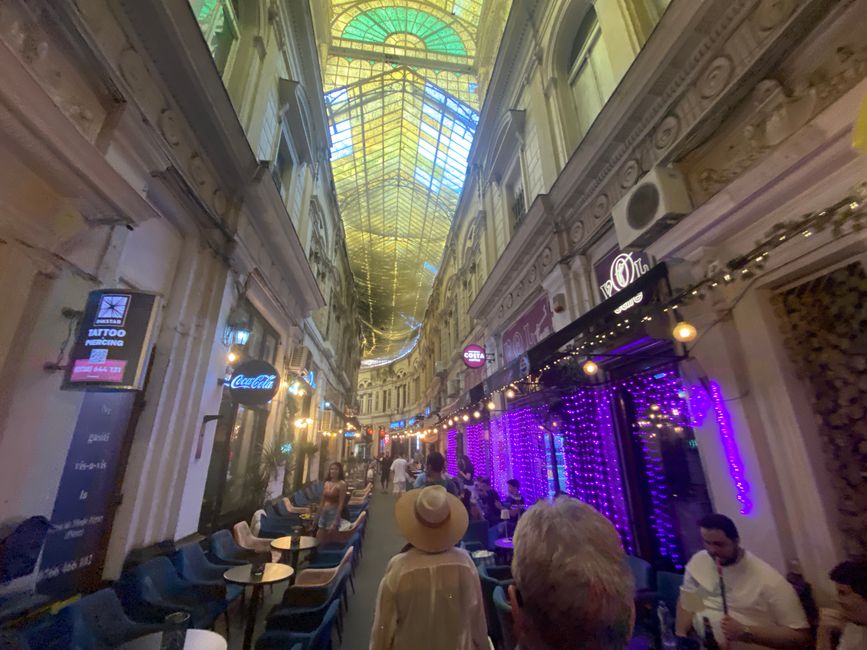
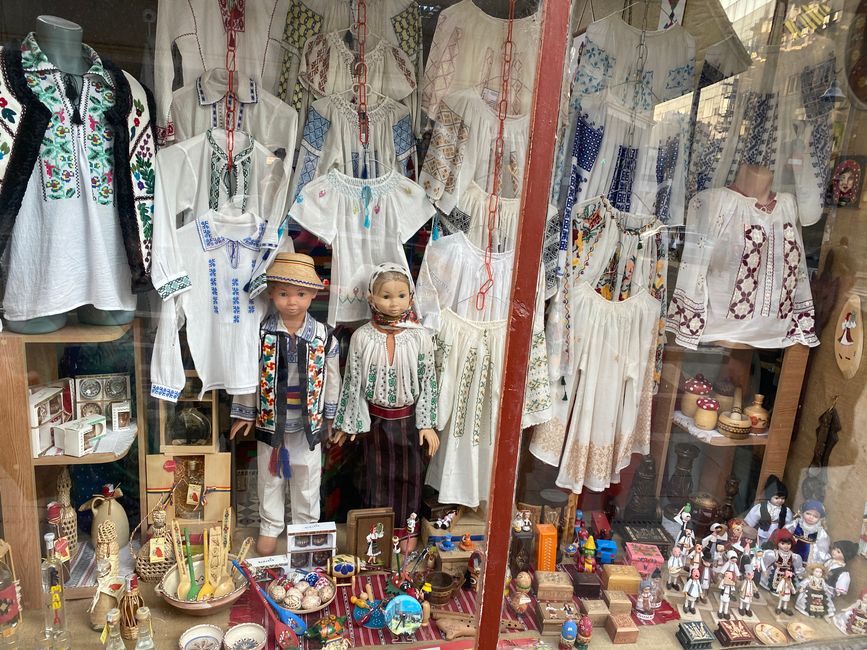
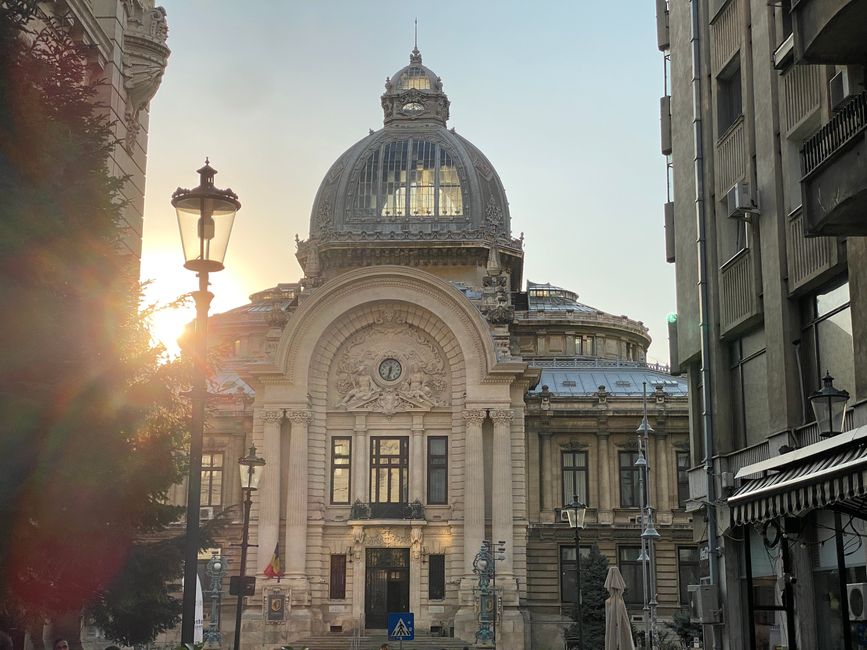
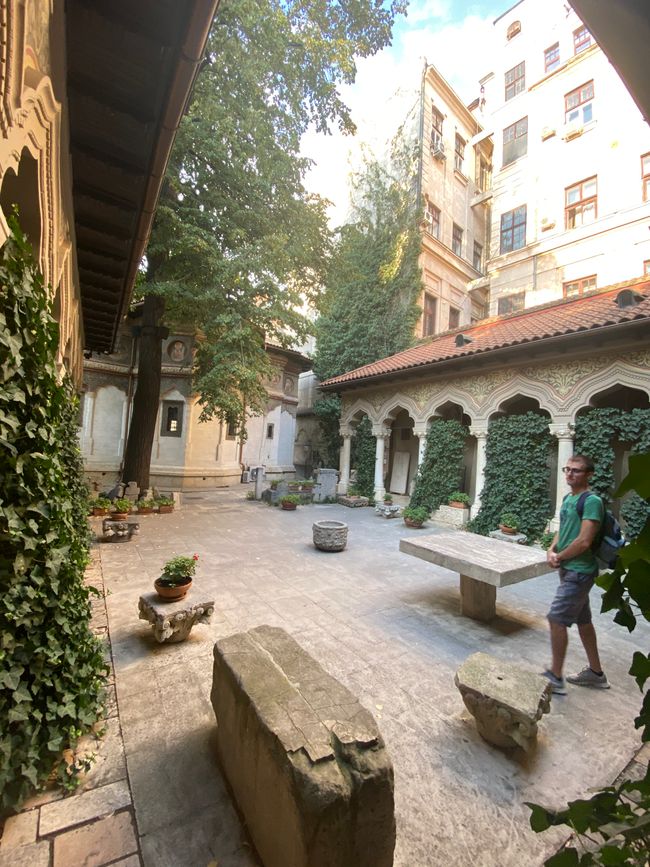
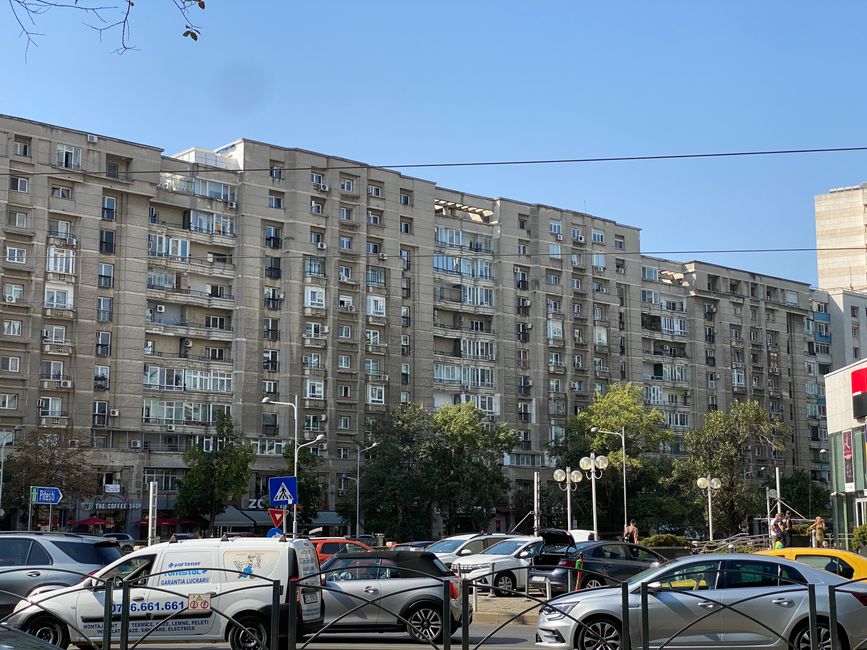
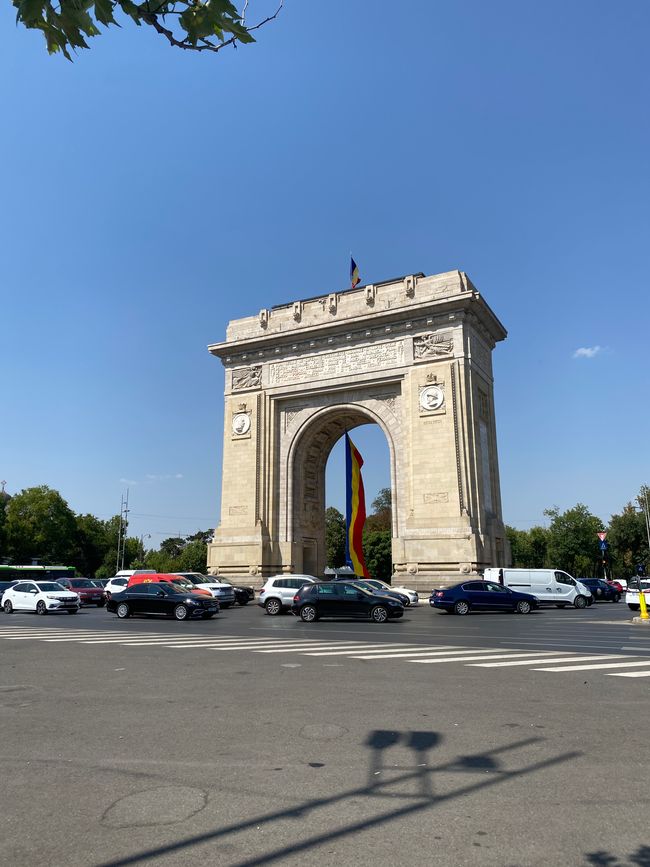
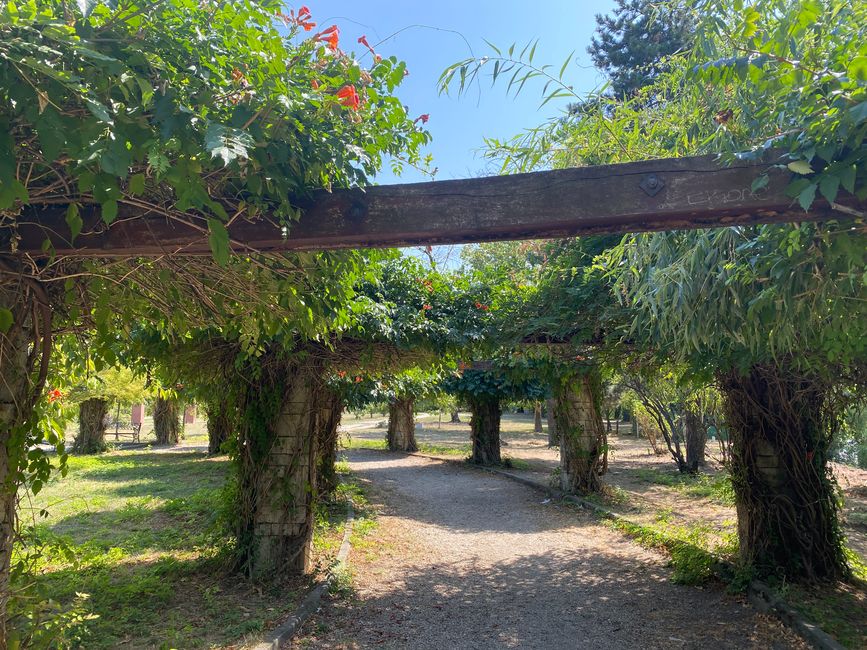
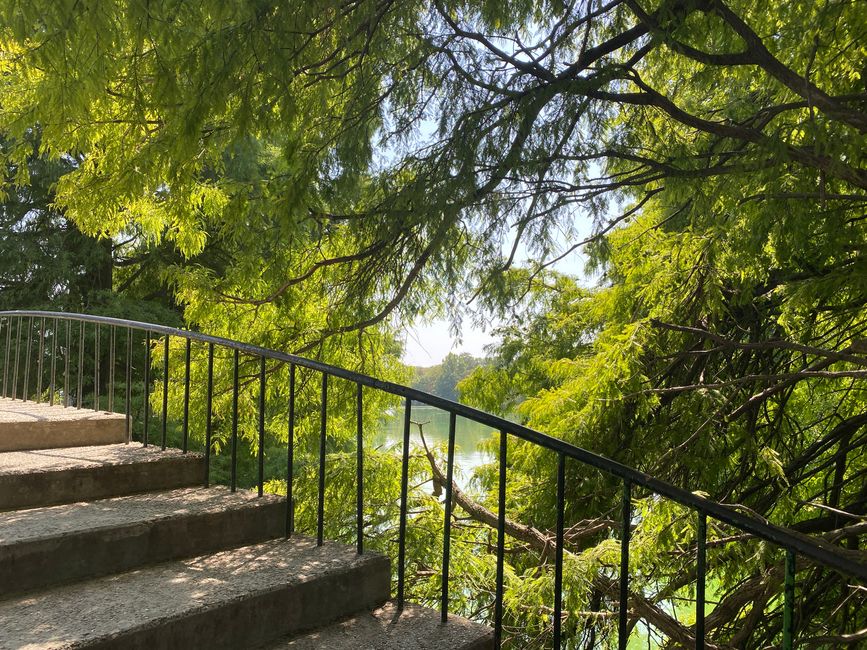
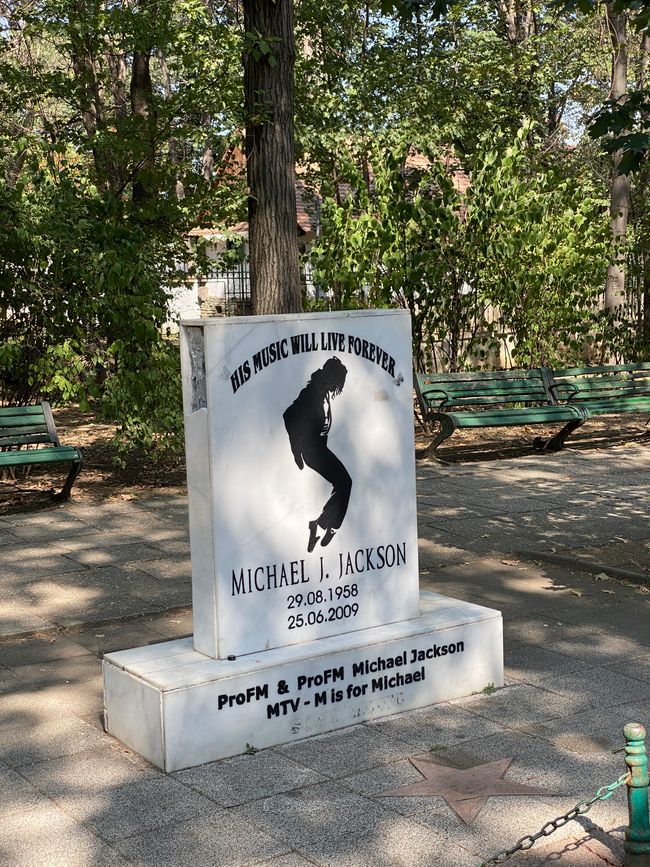
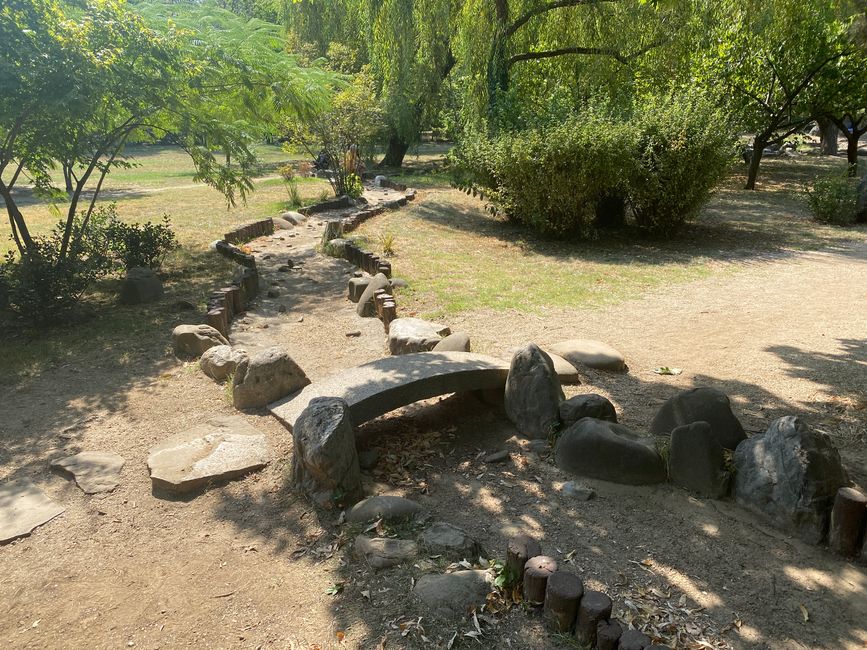

न्यूज़लेटर दी सब्सक्राइब करो
Even the first impression of Bucharest matched my ideas of the country: I was looking at multi-story Eastern Bloc buildings, tightly packed together. The streets were heavily trafficked, and traffic rules seemed to be mere suggestions.
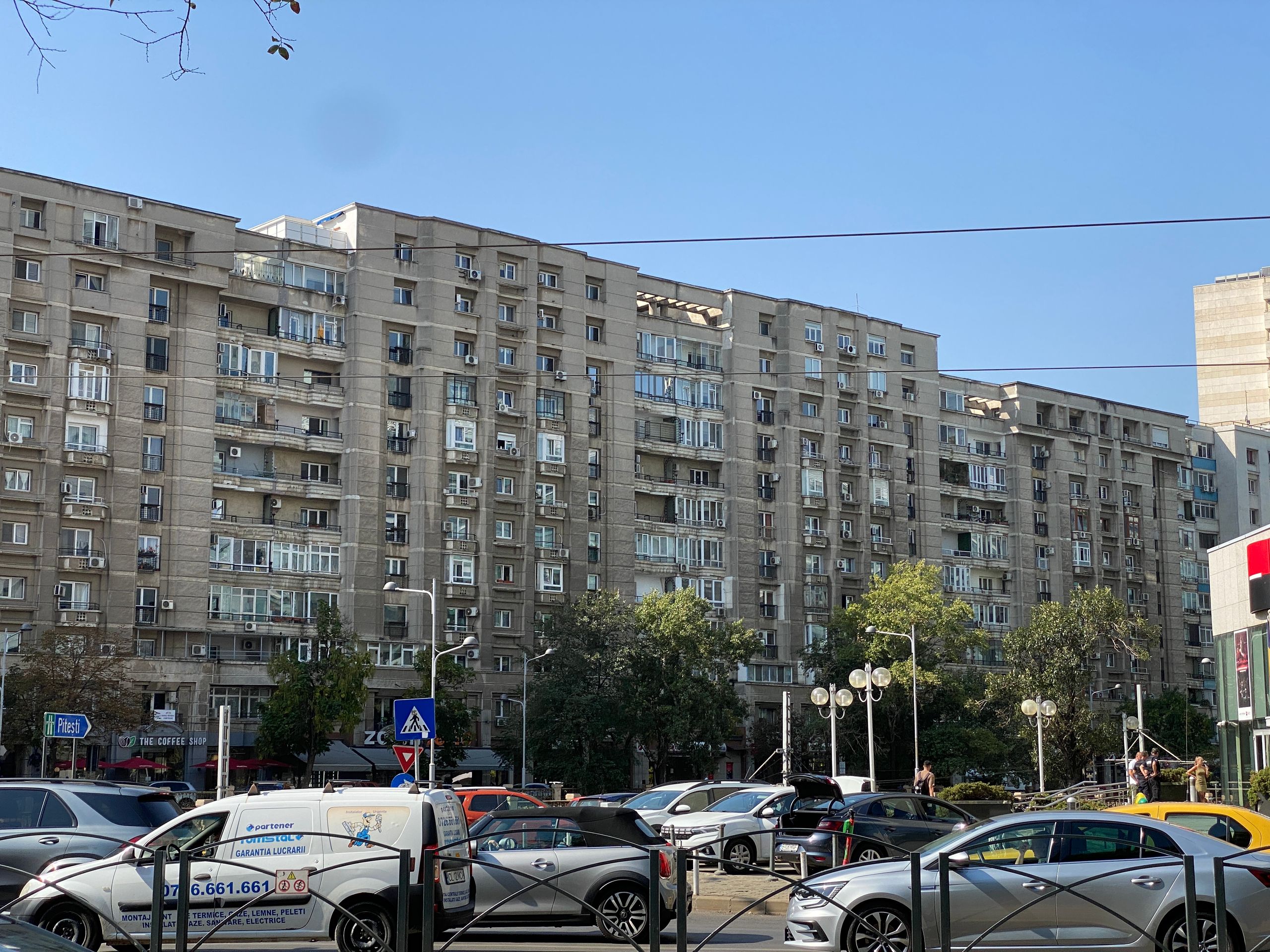
On foot, I set off for the city's Japanese Garden. On the way, I encountered a group of journalists interviewing the entrepreneur and politician Gigi Becali. I didn't quite understand the topic, but it seemed very exciting.
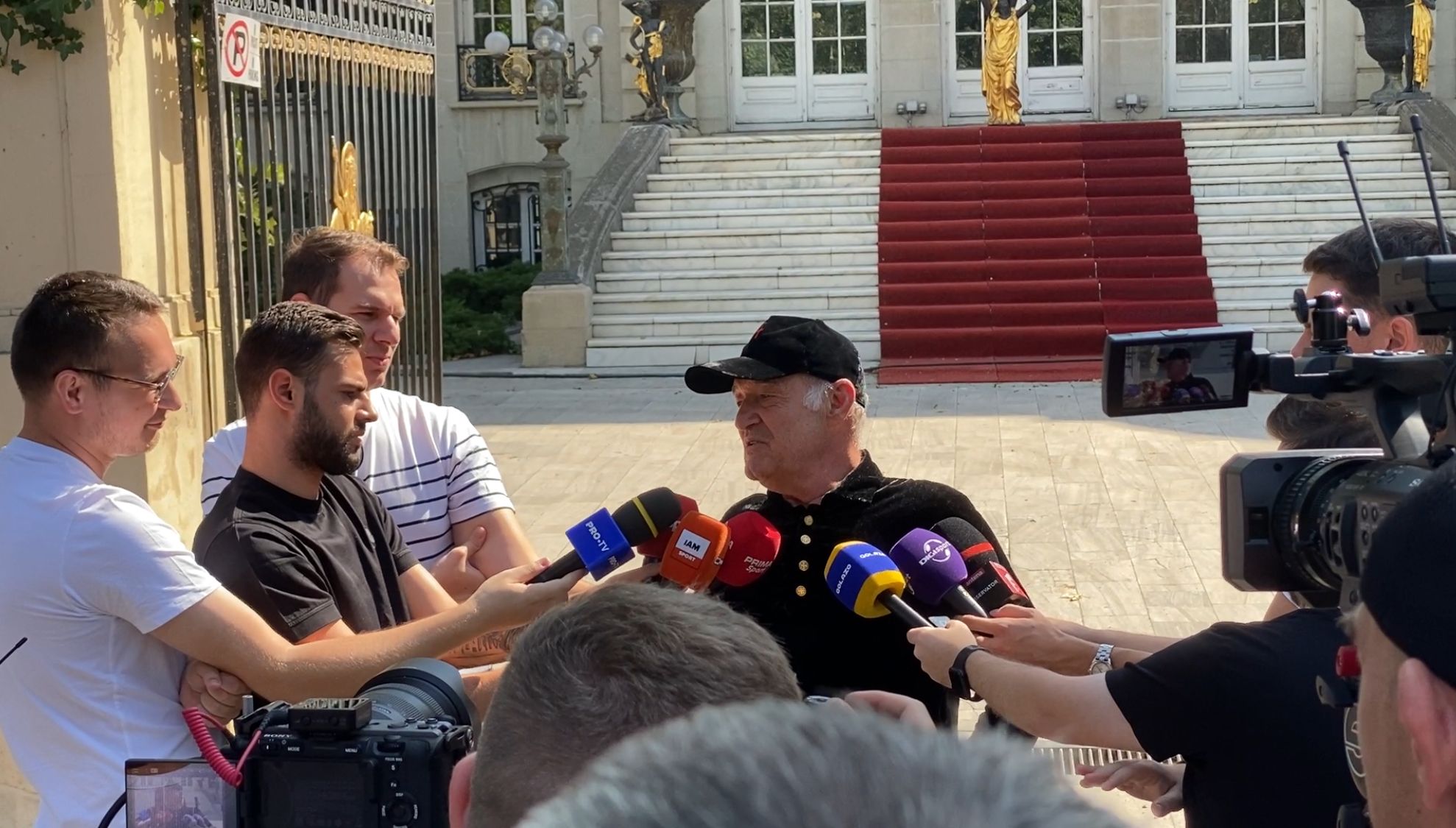
I didn't stay very long in the Japanese Garden and instead went to King Michael I Park, the city park of Bucharest.
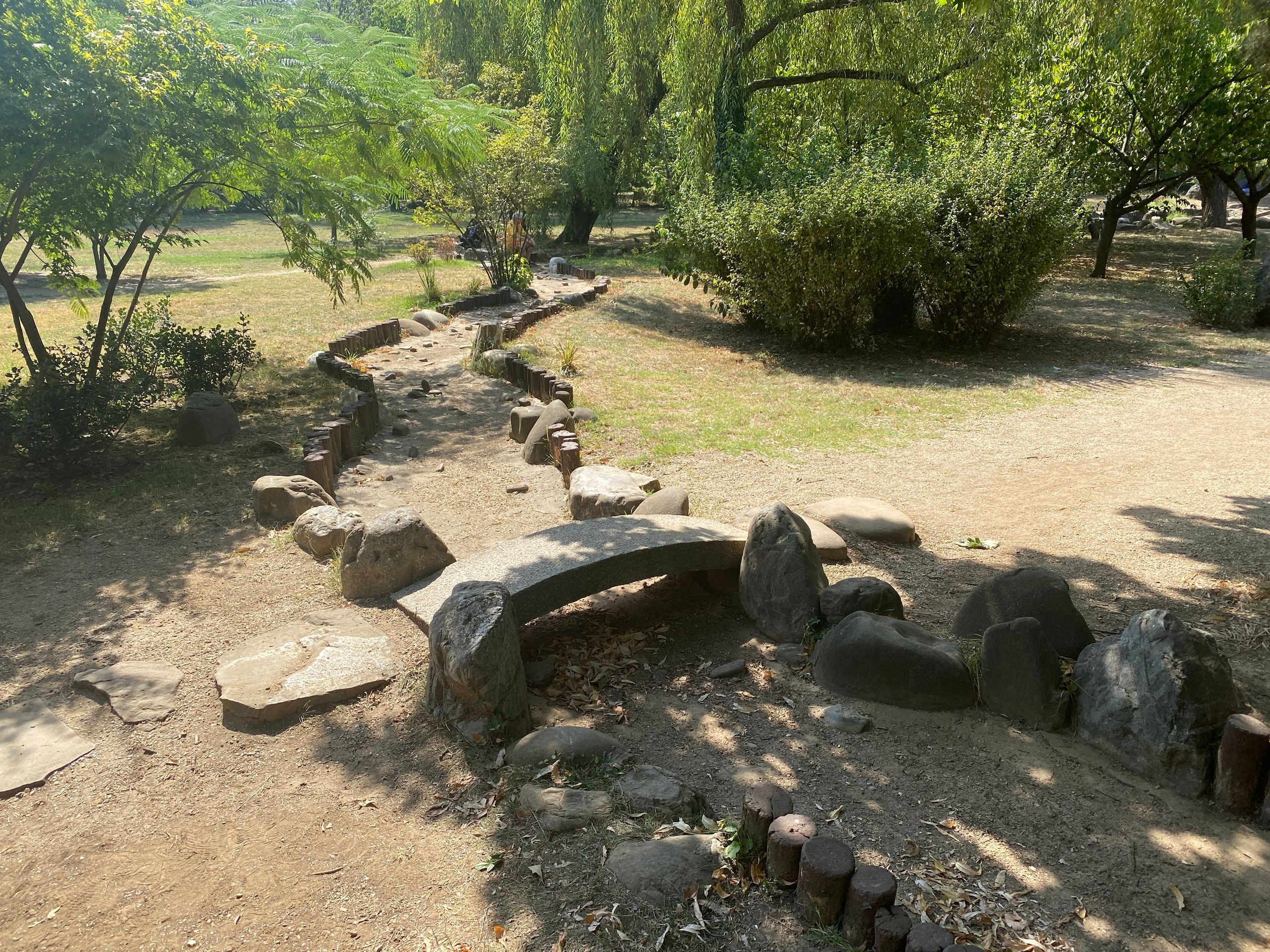
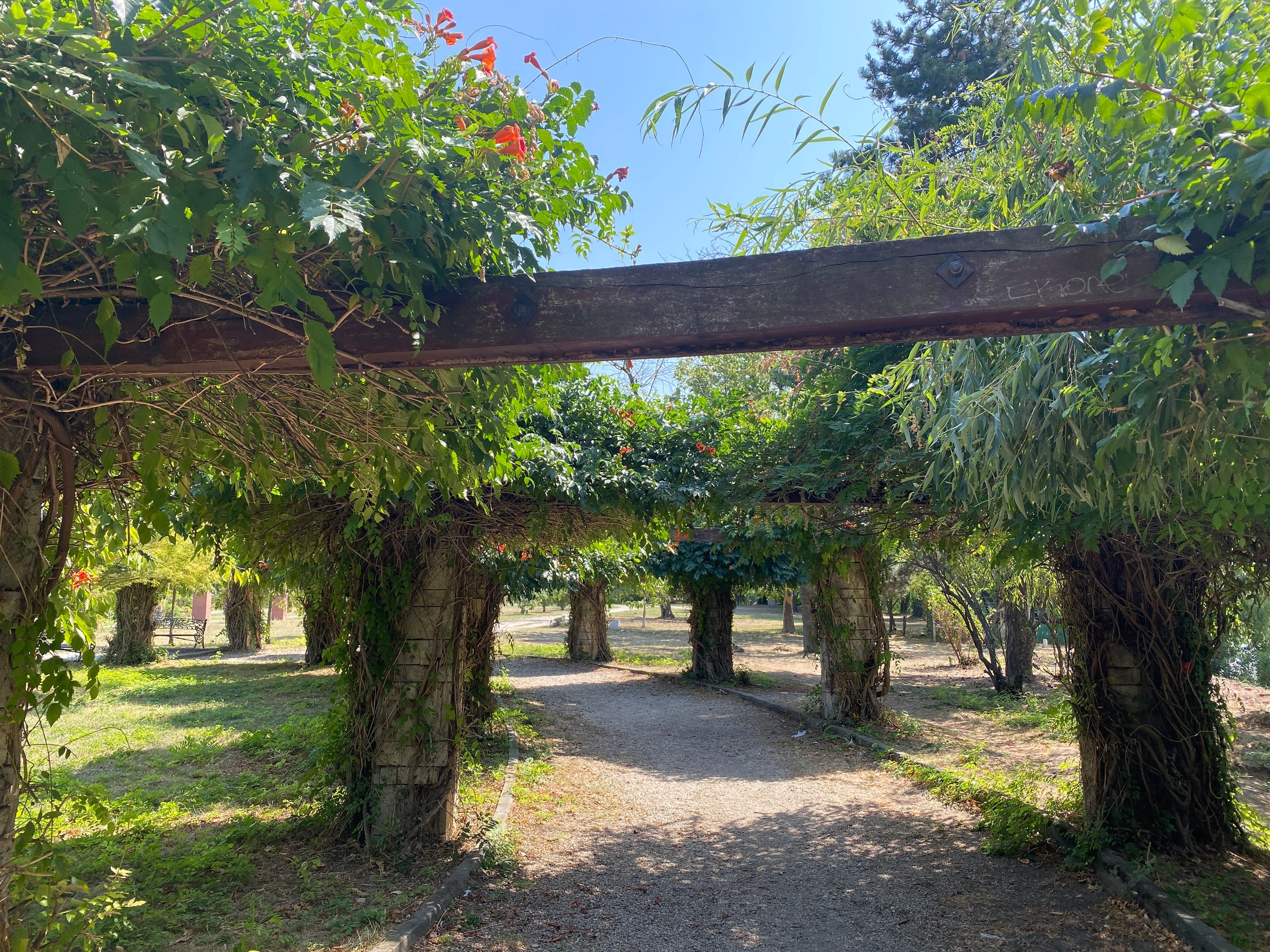
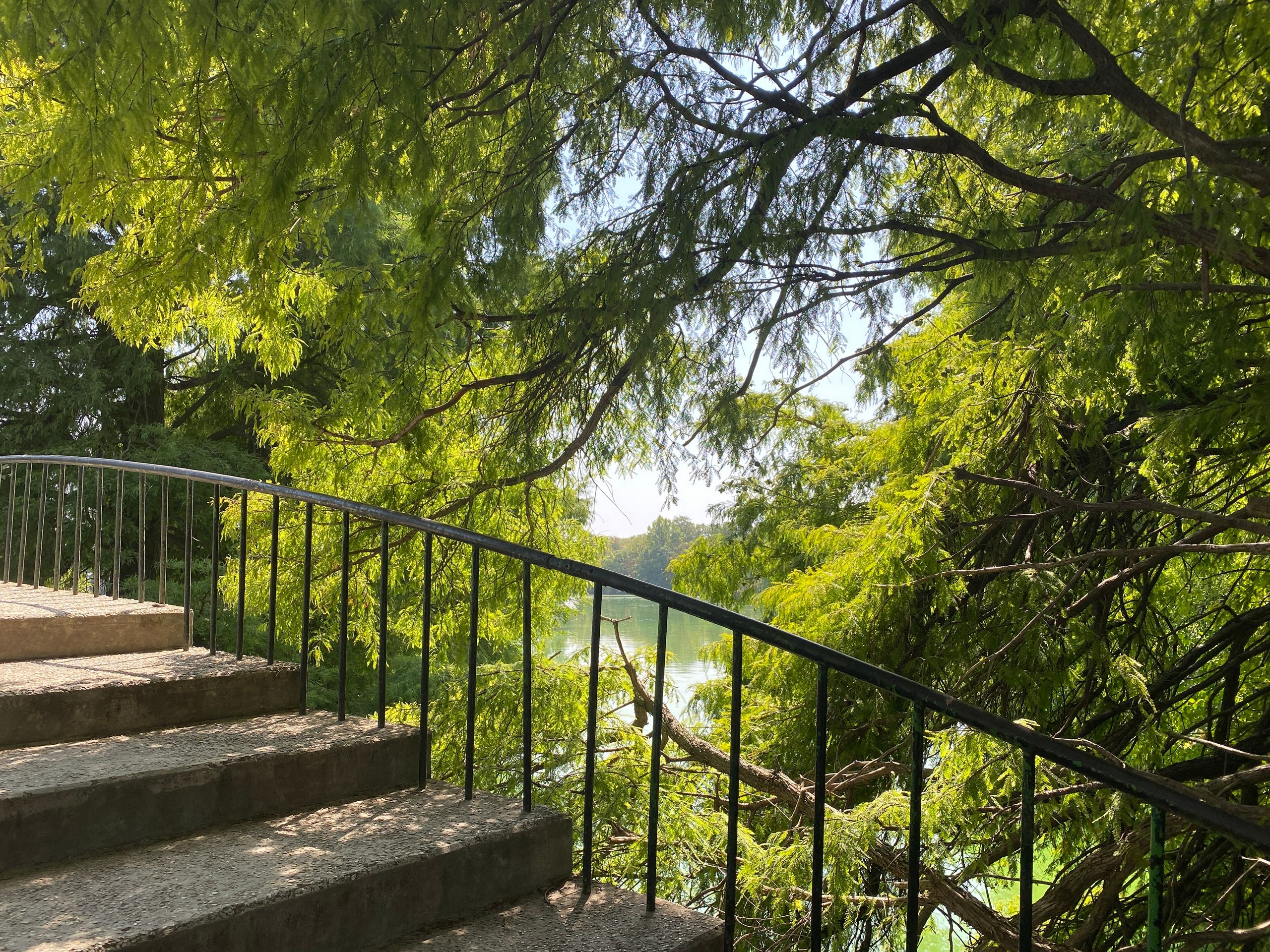
When it was time to check into the hostel, I took the bus from the Arch of Triumph to the old town, where my hostel was located. At €10 a night, the hostel was very affordable: modern amenities, even including breakfast.

Wanting to make the most of my only day in Bucharest, I immediately set out to explore the city. I briefly walked through the city center and joined my next city tour.
Our guide led us along churches that beautified the cityscape, showed us where the nightlife in Bucharest took place, and brought us to the best cafés in the city. He especially illustrated how communism changed the city's appearance and the lives of the people.

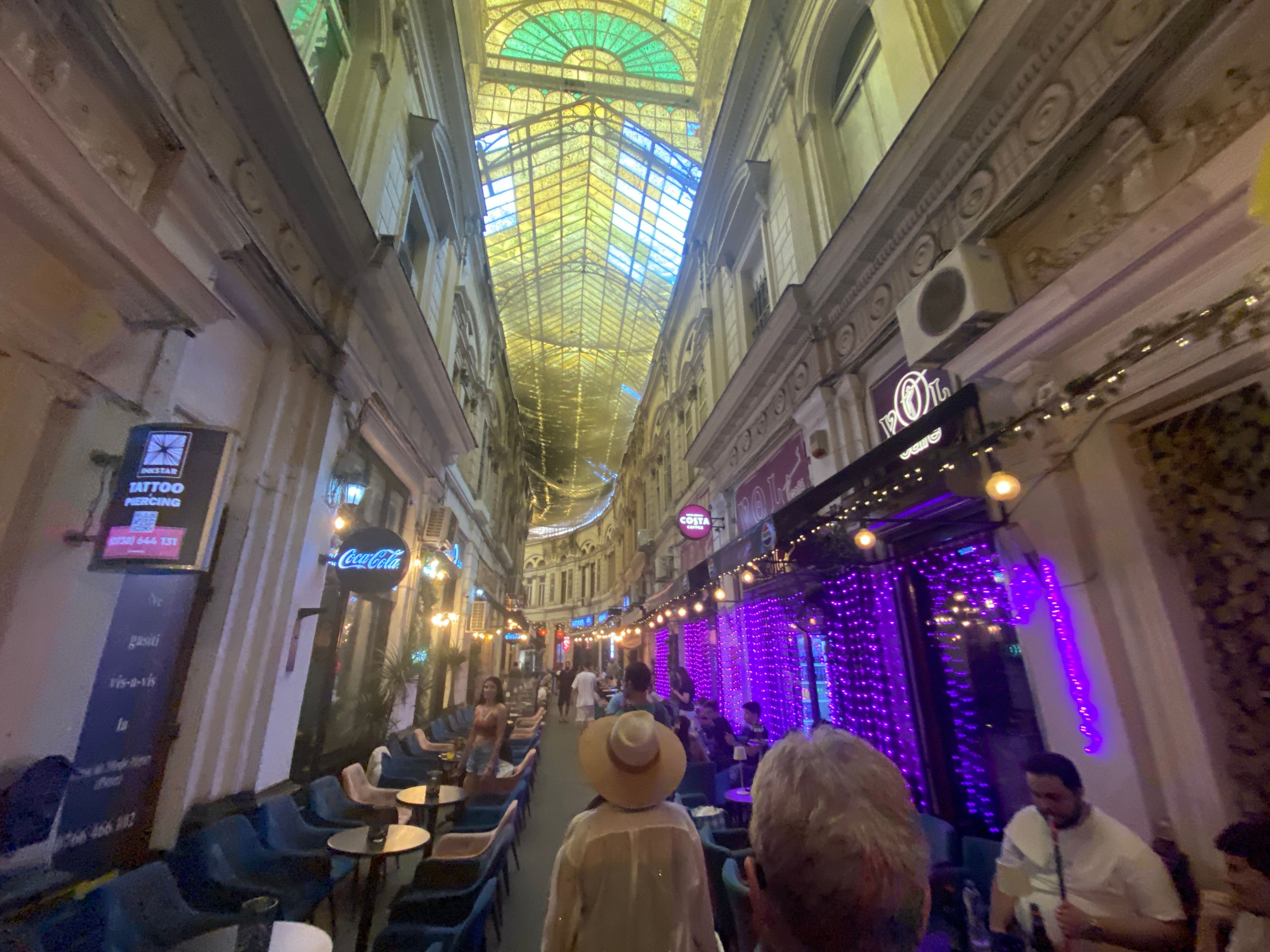

Romania allied with the Nazis during World War II and became a military dictatorship. After losing the war, they came under Soviet rule and became communist. Before the war, Romania blossomed and was among the richest countries in Europe. It was very Western-oriented, and they modernized the capital in the style of Paris. With communism, that changed, and the typical communist worker buildings displaced the historical buildings. In some places, you could look along the streets and see two different worlds: on the left, the magnificent buildings of the West, and on the right, the bleak Eastern blocks.

We ended at Revolution Square. From there, Romania transformed from a communist dictatorship to a democracy in 1989. Today, there is a monument commemorating the activists and revolutionaries who died in the fight against communism. In the center stands a column from which four pathways extend in the shape of a cross. The pathways are made of tree trunks. Each tree trunk represents a deceased activist. A total of 12,000 trunks were used, mostly young trees, as it was particularly the students who fought against the system.
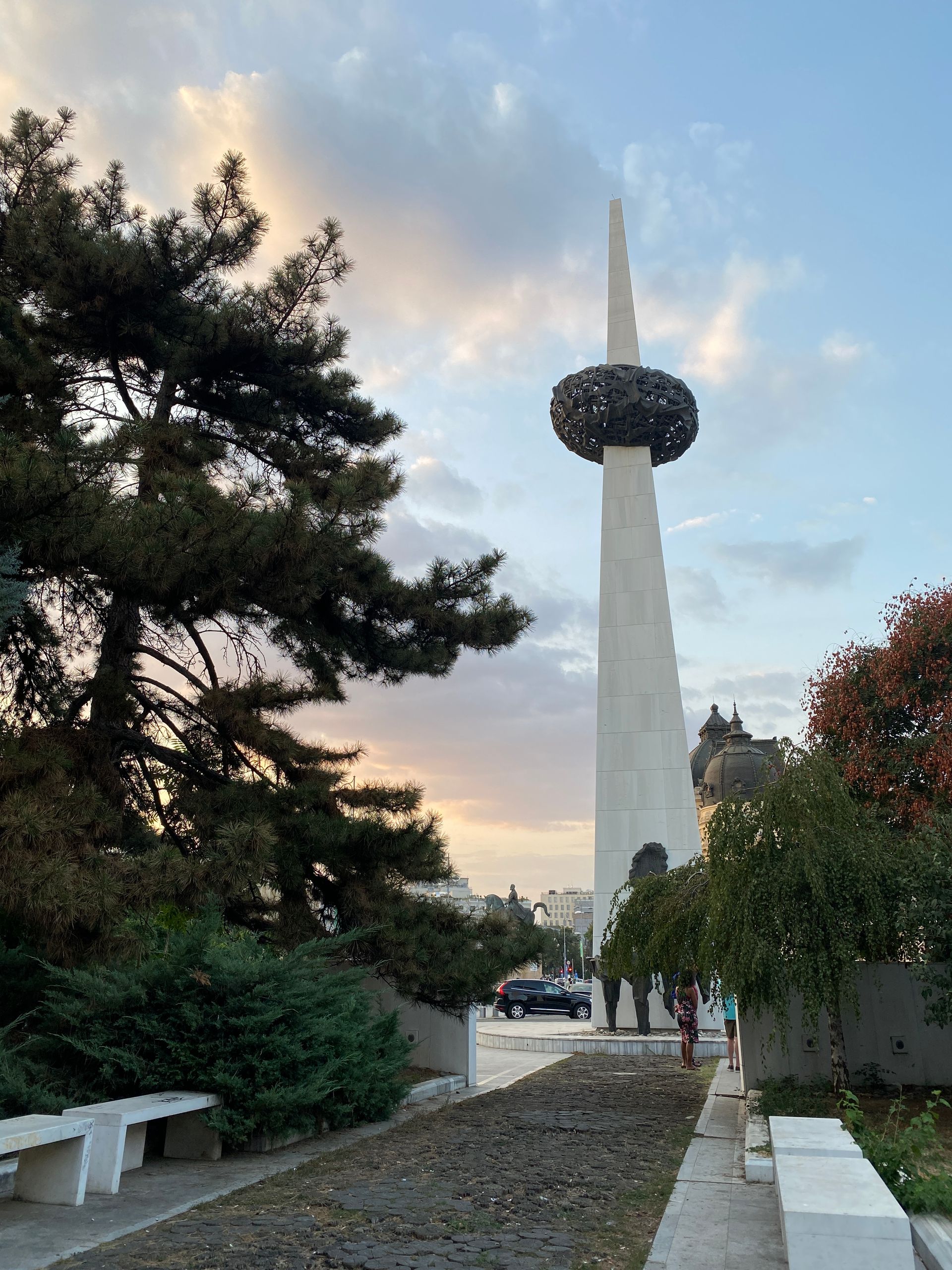
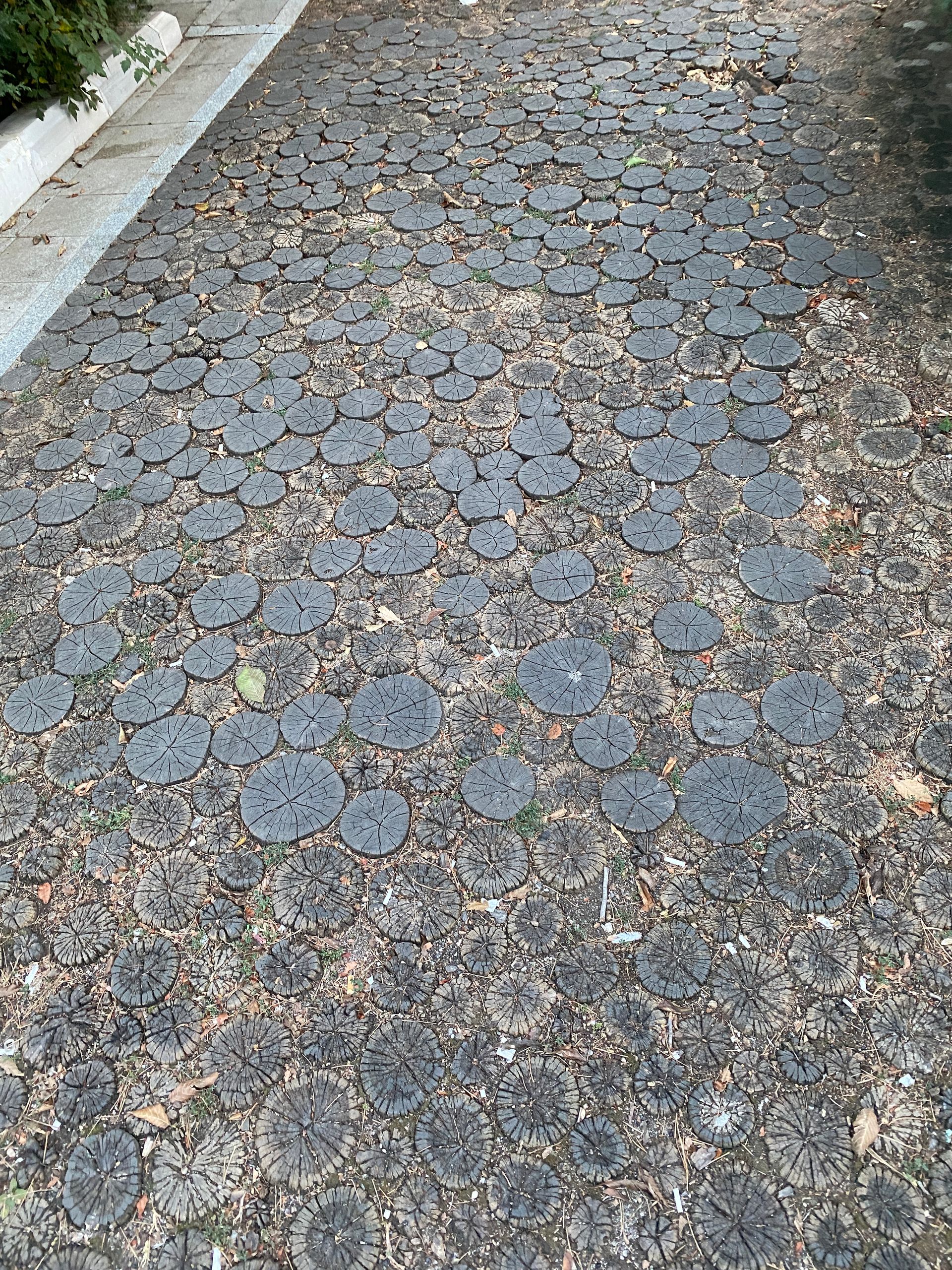
In the evening, I finally settled in a Romanian restaurant and ordered Mititei, Romanian minced meat rolls.
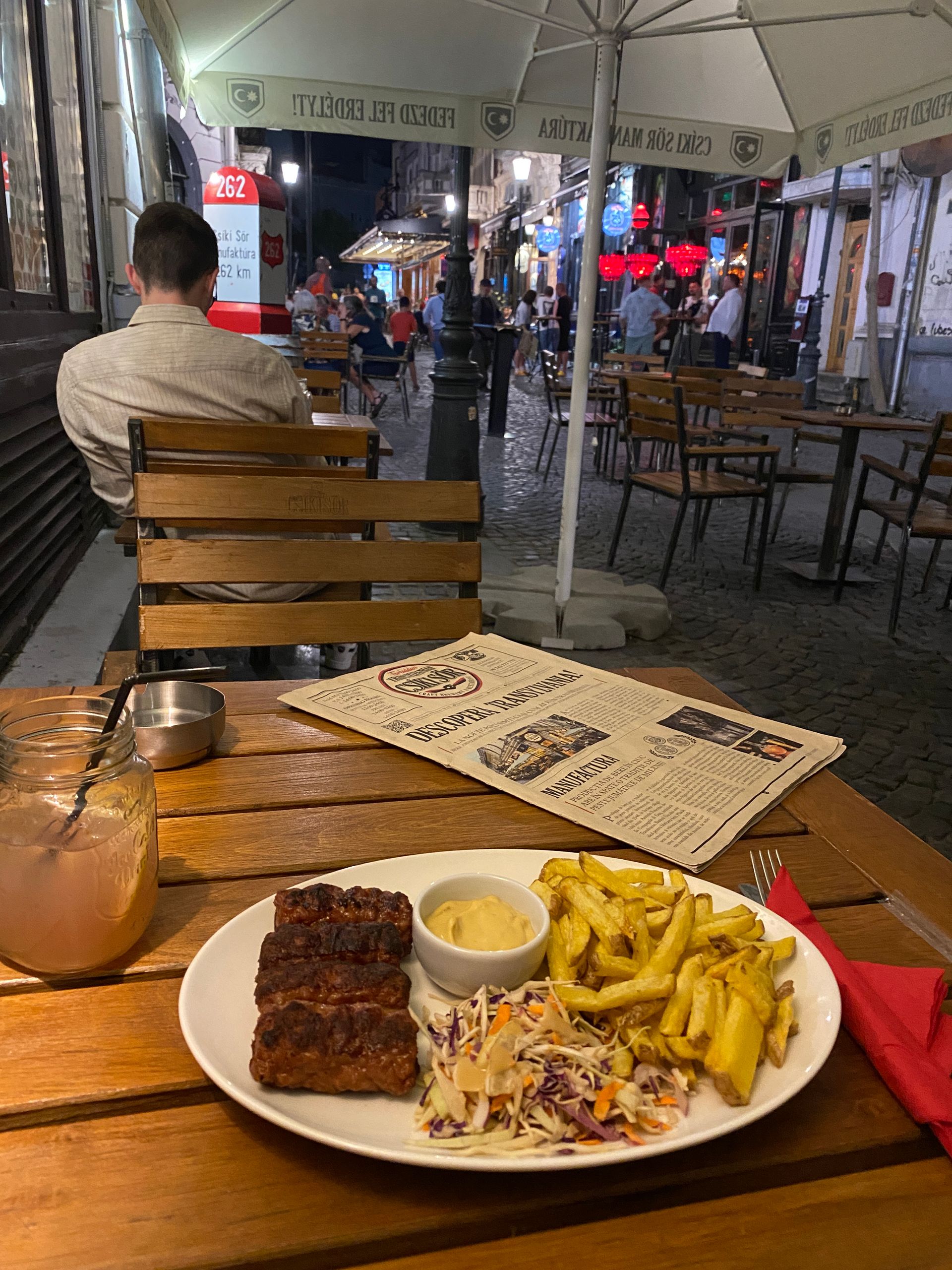
Even though I could only explore Bucharest superficially, the city proved that my prejudices of a dreary, gray city were partly unfounded. I was surprised by the fascinating history of the country and can now see the city, as well as the country, as a result of the difficult circumstances, which I find very intriguing.
न्यूज़लेटर दी सब्सक्राइब करो
परता
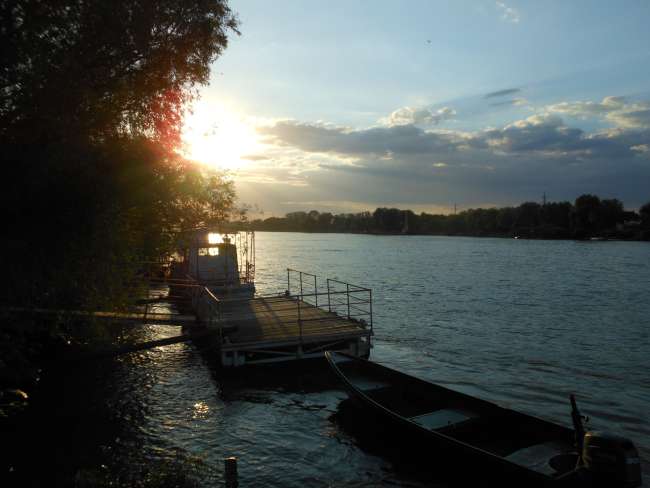
यात्रा दी रिपोर्ट रोमानिया ऐ।
